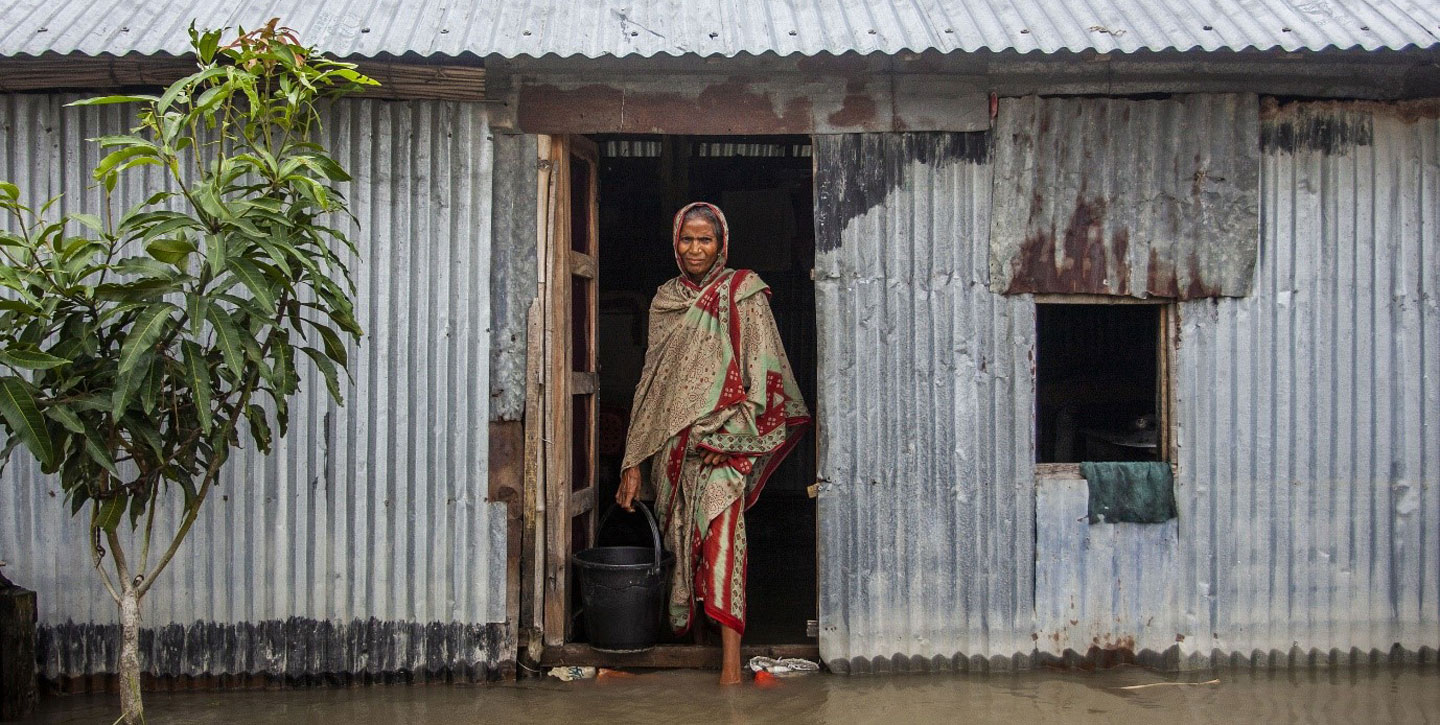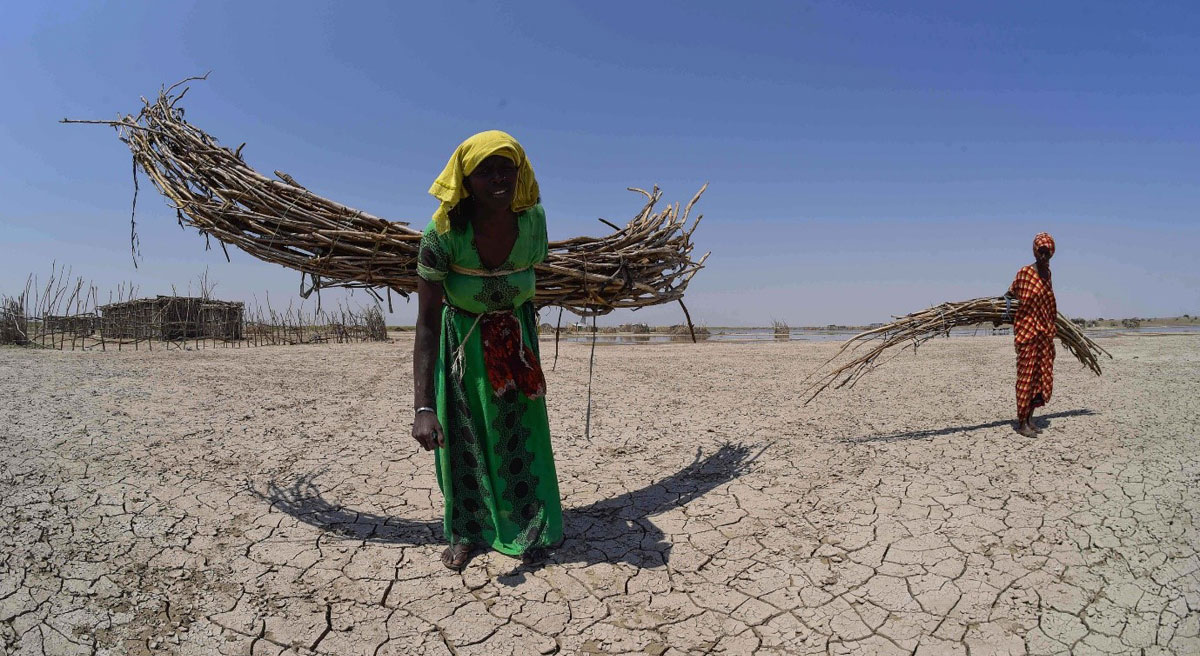Learning from El Niño
IFAD Asset Request Portlet
Asset Publisher

My first Christmas as an 8-year-old boy in Bolivia was marked by torrential rain, pebble-sized hailstones, devastating landslides and massive flooding. I heard the adults around me talking about El Niño, or “the little boy”.
Already captivated by the country’s rich folklore invoking a mother emerging from a lake, fatherly mountain spirits and demonic uncles dwelling in tunnels, I assumed the little boy was just another character in this mythological tapestry.
Little did I know that El Niño and I would continue to cross paths and that he would become increasingly influential throughout my life.
A sign of what’s to come
 |
| Satellite sea surface temperature departure in the Pacific Ocean in October 2015. The darker orange-red colours are above normal temperatures and are indicative of El Niño. © NOAA |
The World Meteorological Organization declared the onset of El Niño—the unusual warming of surface waters in the eastern Pacific Ocean—in early July as the world endured the hottest week ever recorded.
Despite being infamous for causing climatic uproar, temperature increases during El Niño are only about 0.2° C. But, combined with the 1.2° C increase in global temperature caused by climate change, this El Niño gives us a sense of what life will be like when we inevitably reach the maximum temperature increase established by the Paris Agreement.
Wildfires in Canada and Hawaii are a reminder that the climate crisis has no economic or geographic boundaries. Yet we are dangerously close to accepting this reality as a “new normal” that we are powerless to prevent. El Niño is an uncomfortable but timely reminder that we cannot afford to do so, and that the time for action is well upon us.
Mother Nature has the answers
 |
| Weather patterns across the world have become erratic, often with dire consequences for food security and livelihoods. © FAO/Michael Tewelde |
While some may be able to withstand soaring temperatures in air-conditioned houses, the lives of the people we serve at IFAD are defined by their interaction with the elements. A successful growing season is celebrated and revered, yet these have become increasingly uncommon and erratic, often with dire consequences for food security and livelihoods.
The effects of El Niño manifest for about a year, usually peaking around Christmas. While models can anticipate potential impacts at a macro level, farmers often experience greater variability and uncertainty than what is predicted. This means we must prepare farmers to respond to a broader range of climate phenomena.
How? As is often the case, the most valuable lessons can be found in our natural systems, which have undergone billions of years of evolution to create the planet we know today.
Farming systems that emulate the ecosystems they inhabit have healthier soil, more diverse production and greater endurance of extreme events. Community-led nature-based solutions, from agroecology to permaculture, all build upon the same core principle of mimicking nature.
Indigenous Peoples around the world, in particular, place great emphasis on protecting nature and the environment that is so tightly woven into their cultural fabric. It's no wonder that Pachamama, or “Mother Earth”, is the most widely recognised goddess in Andean mythology.
We all have a part to play
 |
| It's important that we invest in preventing and mitigating the effects of extreme weather. © FAO/Dante Diosina |
Rural communities are as diverse as the world they inhabit. Farming is shaped by geography, climate, social dynamics and historical heritage. As such, one-size-fits-all solutions do not work. Instead, IFAD projects are owned by communities themselves and are adapted to each context so we can build truly resilient food systems together.
Even with sustainable practices, farming simply cannot withstand all extreme weather events. That’s why IFAD’s work focuses on preventing and mitigating the effects of extreme weather, like in Bangladesh where the ASAP-funded flash flood warning system alerts local communities to the changing weather, or at the Allima Cacao Cooperative in Peru, where innovative retractable drying trays keep harvests safe from increasingly unpredictable rains. It’s important that national policies also provide financial services and social protection that anticipate and mitigate the fallout of natural disasters.
I like to believe that it was during those formative years in Bolivia that the seeds of awareness were planted, shaping the way I perceive the world. Years later, I am proud to be working with communities to strengthen our links with nature as a response to a global crisis.
Working hand-in-hand with the farmers who know their land, IFAD is bringing to fruition a resilient, sustainable future for rural people.
Publication date: 20 September 2023